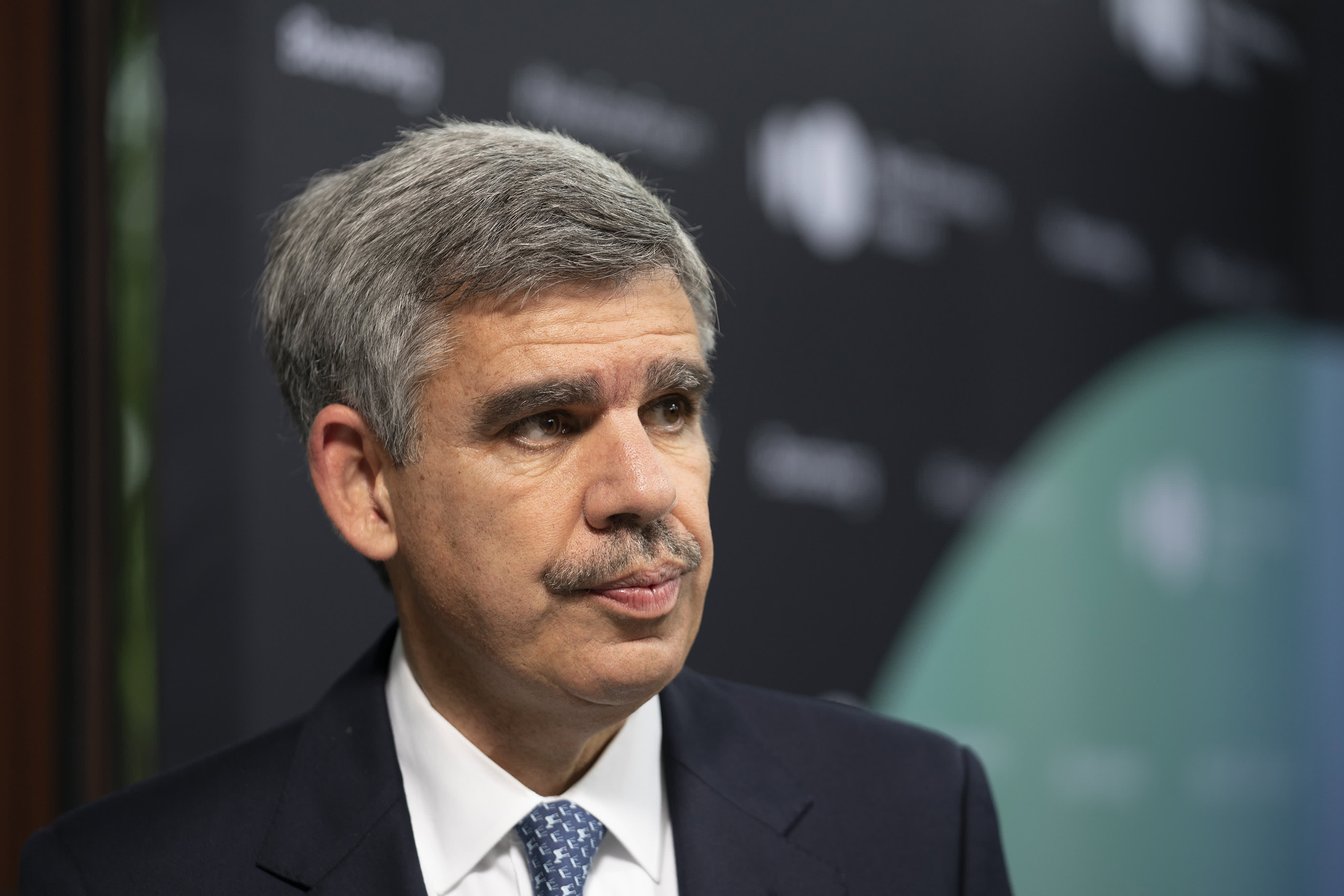The Federal Reserve is one year down its rate-hiking path, and in some ways it’s both closer and further away from its goals when it first set sail.
Exactly one year ago, on March 16, 2022, the Federal Open Market Committee enacted the first of what would be eight interest rate increases. The goal: to arrest a stubborn inflation wave that central bank officials spent the better part of a year dismissing as “transitory.”
related investing news
In the year since, inflation as measured by the consumer price index has come down some, from an 8.5% annual rate then to 6% now and trending lower. While that’s progress, it still leaves the Fed well short of its 2% goal.
And it raises questions about what’s ahead and what the ramifications will be as policymakers continue to grapple with a persistently high cost of living and a shocking banking crisis.
“The Fed will acknowledge that they were late to the game, that inflation has been more persistent than they were expecting. So they probably should have tightened sooner,” said Gus Faucher, chief economist at PNC Financial Services Group. “That being said, given the fact the Fed has tightened as aggressively as they have, the economy is still very good.”
There’s an argument for that point about growth. While 2022 was a lackluster year for the U.S. economy, 2023 is starting off, at least, on solid footing with a strong labor market. But recent days have shown the Fed has another problem on its hands besides inflation.
All of that monetary policy tightening — 4.5 percentage points in rate increases, and a $573 billion quantitative tightening balance sheet roll-off — has been tied to significant dislocations that are rippling through the banking industry now, particularly hitting smaller institutions.
Unless the contagion is stanched soon, the banking issue could overshadow the inflation fight.
‘Collateral damage’ from rate hikes
“The chapters are now only beginning to get written” about ramifications from the past year’s policy moves, said Peter Boockvar, chief investment officer at Bleakley Advisory Group. “There’s a lot of collateral damage when you not just raise rates after a long period at zero, but the speed at which you’re doing so creates a bull in a china shop.”
“The bull was able to skate around, not knocking anything over, until recently,” he added. “But now it’s starting to knock things over.”
Rising rates have hammered banks holding otherwise secure products like Treasurys, mortgage-backed securities and municipal bonds.
Because prices fall when rates go up, the Fed hikes have cut into the market value of those fixed income holdings. In the case of Silicon Valley Bank, it was forced to sell billions on holdings at a substantial loss, contributing to a crisis of confidence that has now spread elsewhere.
That leaves the Fed and Chairman Jerome Powell with a critical decision to make in six days, when the rate-setting FOMC releases its post-meeting statement. Does the Fed follow through on its oft-stated intention to keep raising rates until it’s satisfied inflation is coming down toward acceptable levels, or does it step back to assess the current financial situation before moving forward?
Rate hike expected
“If you’re waiting for inflation to go back to 2% and that’s what’s caused you to raise rates, you’re making a mistake,” said Joseph LaVorgna, chief economist at SMBC Nikko Securities. “If you’re on the Fed, you want to buy optionality. The easiest way to buy optionality is to just pause next week, stop QT and just wait and see how things play out.”
Market pricing has whipsawed violently in recent days over what to expect from the Fed.
As of Thursday afternoon, traders had gone back to expecting a 0.25 percentage point rate increase, pricing in an 80.5% chance of a move that would take the federal funds rate to a range of 4.75%-5%, according to CME Group data.
With the banking industry in tumult, LaVorgna thinks that would be a bad idea at a time when confidence is waning.
Since the rate increases started, depositors have pulled $464 billion from banks, according to Fed data. That’s a 2.6% decline after a massive surge in the early days of the Covid pandemic, but it could accelerate as the soundness of community banks comes into question.
“They corrected one policy mistake with another,” said LaVorgna, who was chief economist for the National Economic Council under former President Donald Trump. “I don’t know if it was political, but they went from one extreme to the other, neither of which is good. I wish the Fed had a more honest appraisal of what they got wrong. But you typically don’t get that from government.”
Indeed, there will be plenty to chew on when analysts and historians look back on the recent history of monetary policy.
Warning signals on inflation began in the spring of 2021, but the Fed stuck to a belief that the increase was “transitory” until it was forced into action. Since July 2022, the yield curve also has been sending signals, warning of a growth slowdown as shorter-term yields exceed longer duration, a situation that also has caused acute problems for banks.
Still, if regulators can solve the current liquidity problems and the economy can avoid a steep recession this year, the Fed’s missteps will have exacted only minimal damage.
“With the experience of the past year, there are legitimate criticisms of Powell and the Fed,” PNC’s Faucher said. “Overall, they have responded appropriately, and the economy is in a good place considering where we were at this time in 2020.”




